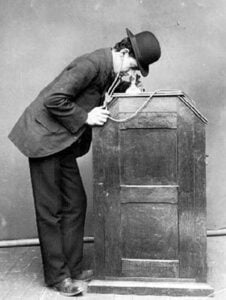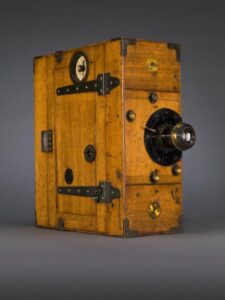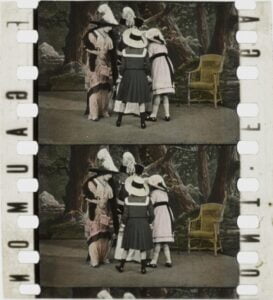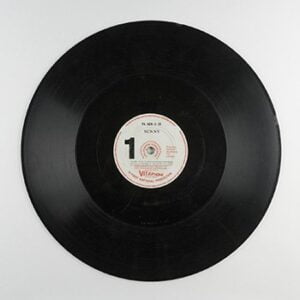Cinema was not created by a single person. Nonetheless, the Edison Company successfully unveiled a Kinetoscope prototype in 1891, allowing one person to watch moving images at a time.
In 1893, the Kinetoscope was first shown to the general public. The Kinetoscope had become a commercial success by 1894, and public parlours had been opened all over the world.
The Lumière brothers were the first to show projected moving pictures to a paying audience in Paris, France, in December 1895. They made their own gadget called the Cinématographe, which combined the functions of a projector, camera, and film printer.
QUOTES ABOUT EARLY FILMS?
Initially, movies were often only a few minutes or fewer long. They were shown in music halls, fairgrounds, and any other place where a screen could be erected and a room could be made dark. Topics covered included newsworthy events, short comedy, local sceneries and activities, and views of other countries.
There were talks, music, and lots of audience interaction to go along with the films. They weren’t “silent,” despite the common misconception that they lacked synchronized conversation.
Several national film industries were formed by 1914. America was far less significant at this period than Europe, Russia, and Scandinavia as the leading industrial regions. As movies grew longer, narrative, or storytelling, took front stage.
Large studios and specialized theatres were constructed as a result of the industry around motion pictures becoming increasingly willing to invest in their creation, distribution, and exhibition as more people started paying to watch them. The European film business was significantly impacted by World War I, and the American sector gained prominence in comparison.
The development and stabilization of an industrial base, the creation of the narrative form, and technological advancements defined the first thirty years of film history.
INCLUDING COLOUR
Black and white films were first given colour by hand colouring, tinting, toning, and stencilling.
By 1906, the British Kinemacolor process—which had been shown to the public for the first time in 1909—was producing moving pictures with what were referred to as “natural colour” using the colour separation principles.
Mostly utilized for documentaries or “actuality” pictures, Kinemacolor produced epics like 1912’s With Our King and Queen Through India (also called The Delhi Durbar), which lasted more than two hours.
Before its three-color process was introduced in 1932, Technicolor’s early techniques, which were expensive and labor-intensive, were employed less frequently. This was the case starting in 1915. It was employed in 1939 motion pictures, including Gone With the Wind and The Wizard of Oz.

Initial endeavours to incorporate synchronized audio with projected images employed phonographic discs or cylinders.
The Jazz Singer (USA, 1927), the first full-length motion picture with synchronized speech, made use of Warner Brothers’ Vitaphone system, which included a separate record disc for the sound track for each reel of film.
This technique quickly proved unstable, and an optical, variable density soundtrack—originally created for newsreels like Movietone—recorded photographically along the film’s edge took its place.
Leave a Reply